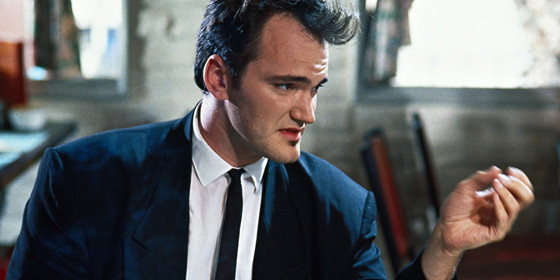
By Jose Gallegos
A debut feature can add a lot of pressure to up-and-coming directors, who not only have to navigate the treacherous waters of the entertainment industry, but must also capture an audience’s attention (although some directors are more interested in creating displeasure rather than pleasure).
A successful debut feature can open doors for new directors, helping them to begin illustrious careers and/or create a legacy that will last long after they have died. The following list compiles 30 of the best debut features from well-known directors.
30. The Virgin Suicides (Dir. Sofia Coppola, 1999)
Based on the book of the same name by Jeffrey Eugenides, Coppola’s debut feature follows the lives of five sisters after one of them has attempted suicide. As their parents become more controlling, the sisters react in a variety of ways (including having casual sex on the roof). Their erratic behavior culminates when – SPOILER ALERT – all five of the sisters take their lives. Their deaths reveal the effects they had on the townspeople and illuminate the legacy they will leave behind.
Coppola created numerous trademarks with The Virgin Suicides, including the use erratic characters, intriguing soundtracks, and gorgeous visuals. Her fame would rise with her sophomore feature, Lost in Translation (2003), but it would slowly decline as her films would focus more on style over substance.
29. Ratcatcher (Dir. Lynne Ramsay, 1999)
A child named James (William Eadie) watches his friend drown in a canal. James does the best he can to deal with the guilt of his inaction, but his growing disillusionment takes its toll.
Though she would gain a notorious reputation as a difficult director (often times walking away from projects), Lynne Ramsay’s debut feature reveals her ability to construct raw and honest portraits of her characters, no matter what their socioeconomic background. Ramsay’s Ratcatcher is a wonderful, yet bleak, portrait of rural life told by a masterful storyteller.
28. Hunger (Dir. Steve McQueen, 2008)
Chronicling the IRA prison hunger strike – lead by Bobby Sands (Michael Fassbender) – Hunger examines political injustices and prison atrocities through a hyper-stylized lens.
This raw style would parlay into a career that examined stories of sex addiction and American slavery, and though McQueen would win numerous accolades for his future endeavors, many critics and fans still regard Hunger as his masterpiece.
27. Sweetie (Dir. Jane Campion, 1989)
Kay (Karen Colston) juggles the demands of various relationships, including the one she has with her sister, Sweetie (Geneviève Lemon). Kay and her family do the best they can to deal with Sweetie’s erratic and childlike behavior, but Sweetie soon becomes too difficult to bear.
Sweetie not only helped put the international spotlight on Australian cinema, but it also helped elevate the brilliant career of one of the greatest contemporary directors. Campion would take elements from Sweetie, such as examining central conflicts through a feminine perspective, and apply them to her future endeavors. With films like Sweetie, An Angel at My Table (1990), and The Piano (1993), Campion created a new (and necessary) voice in international cinema.
26. Killer of Sheep (Dir. Charles Burnett, 1977)
Killer of Sheep follows Stan (Henry G. Sanders), a slaughterhouse worker whose life in Watts is chronicled by episodic interactions with various characters. The film’s realist approach, coupled with the austere performances of the actors, helped garner Burnett acclaim.
Yet due to music licensing issues, the film would be shelved for many years. Burnett continued his filmmaking career and fortunately, Killer of Sheep was able to expand its audience when it overcame its legal issues.
25. Chocolat (Dir. Claire Denis, 1988)
France Dalens (Mireille Perrier) returns to Cameroon to reflect on her childhood as the daughter of a colonial administrator. Through an elaborate flashback, France remembers her mother’s (Giulia Boschi) frustrations/sadistic behavior with their African servant, Protée (Isach de Bankolé).
Initially conceived as an autobiographical account of her own childhood, Claire Denis began altering her story to make it less personal and more allegorical/metaphorical. Though it is one of Denis’ most accessible films (avoiding the heavy abstraction/fragmentation that would define her later efforts), it shares similar themes with her other films by examining racial/ethnic issues rooted in France’s elaborate colonial history.
24. Being John Malkovich (Dir. Spike Jonze, 1999)
An ambitious production (especially for a debut feature), Spike Jonze’s Being John Malkovich takes the titular actor and turns him into a narrative conduite for aliens, sexually repressed women, and a lonely puppeteer.
Using Charlie Kaufman’s script and Jonze’s unique vision (which he developed while making music videos, amongst other projects), Being John Malkovich blends surreal images and absurdist humor against a New Jersey backdrop.
23. Deus e o Diabo na Terra do Sol (Dir. Glauber Rocha, 1964)
A cowherd named Manuel (Geraldo del Rey) and his wife, Rosa (Yona Magalhaes), work on the sertão where they frequently endure droughts and ruthless bosses. When Manuel kills one of his bosses for cheating him out of his earnings, the couple goes on an interesting journey that results in the chance encounters of “saints” and “devils.”
Deus e o Diabo na Terra do Sol (Black God, White Devil) highlighted the potential of Brazilian cinema by using various influences (Eisenstein, Godard, Rossellini, etc) to create a unique and complex work. The film examined elements of human nature, politics, and religious devotion, which would frequently carry through to Rocha’s later films.
22. Ossessione (Dir. Luchino Visconti, 1943)
A loose adaptation of The Postman Always Rings Twice, Luchino Visconti’s Ossessione (Obsession) examines the murderous aftermath of the adulterous relationship between Gino (Massimo Girotti) and the married Giovanna (Clara Calamai). Combining neorealism with melodrama, Visconti created raw sexuality and palpable desperation that played powerfully on the screen.
Unfortunately, due to censorship problems and licensing issues over Postman, Ossessione had a rough time finding an audience. After many years of obscurity, Ossessione would be reissued and given the notoriety it so rightfully deserved.
21. Strike (Dir. Sergei Eisenstein, 1925)
With Strike, Eisenstein turns a factory strike into metaphorical concept in order to elucidate his own cinematic theories. For instance, in one well-known scene, Eisenstein compares the plight of the workers to that of a cow being slaughtered.
Like almost all of Eisenstein’s work, Strike is a high-concept film that explores the potential of the cinematic medium, and though Eisenstein would later be censored for some of his more extreme depictions of cultural figures, he left behind a wealth of work that is studied endlessly by cinephiles.
20. Blood Simple (Dirs. Joel and Ethan Coen, 1984)
Julian Marty (Dan Hedaya) hires a PI named Loren Visser (M. Emmet Walsh) to investigate his wife Abby’s (Frances McDormand) infidelity. Little does Marty know that Visser has plans of his own to kill Marty and frame Abby. Blood Simple mixes dark humor and violence into a thrilling neo-noir.
The absurdist situations of the Coen Brother’s stories would become a trademark of their films, helping them to gains legions of devoted fans who relish in their brilliant films.
19. This Sporting Life (Dir. Lindsay Anderson, 1963)
Lindsay Anderson’s This Sporting Life follows Frank (Richard Harris), a rugby player who rises to fame and begins a relationship with his landlord, Margaret (Rachel Roberts).
Though British critics would openly criticize the film for its “kitchen sink realism,” This Sporting Life received praise and accolades from international audiences (including two Academy Award nominations for its leads).
18. Ivan’s Childhood (Dir. Andrei Tarkovsky, 1962)
After making a few brilliant short films, Tarkovsky ventured into feature filmmaking with Ivan’s Childhood, an adaptation of Vladimir Bogomolov’s short story “Ivan.” The film’s loose narrative structure uses dream sequences, flashbacks, and a war-torn terrain to tell the story of Ivan (Nikolai Burlyayev), a young boy who seeks vengeance against the German soldiers who killed his family.
The film garnered praise from international film audiences, even though Tarkovsky would openly criticize the final cut. In spite of the director’s criticism, Ivan’s Childhood is a compelling depiction of youth and violence, setting the stage for the illustrious career of the Soviet director.
17. La pointe courte (Dir. Agnès Varda, 1955)
In a seaside town, a man (Philippe Noiret) and his wife (Silvia Monfort) deal with the tattered remains of their failing relationship. The film intercuts between the specificity of the relationship and a globalized view of the inhabitants of the town. Inspired by the work of Faulkner, Varda’s first feature film takes a realist approach towards its fictional characters.
This style (which contains its own aesthetic flourishes) would heavily influence Varda’s fictional features, as well as her brilliant documentaries.
16. Reservoir Dogs (Dir. Quentin Tarantino, 1992)
Following a botched diamond heist, a group of men (most of whom use “colorful” aliases) try to figure out who is the undercover cop in the group.
The fast-paced, ultra-violent, and self-reflexive world of Reservoir Dogs laid the groundwork for Tarantino’s future endeavors, which would be known for their witty dialogue, their narrative experimentation, and their filmic references.
15. Shadows (Dir. John Cassavetes, 1959)
Shadows is considered by many scholars to be a landmark film in independent cinema. From its jazzy score and improvised lines to its controversial subject matter, John Cassavetes created a unique perspective that had rarely been explored in American cinema.
Though he would create a much more widely seen alternate cut of the film (Ray Carney is said to possess the only copy of the original cut), Cassavetes’ Shadows is a powerful depiction of American culture, showcasing the talents of one of America’s most ambitious filmmakers.
14. Night of the Living Dead (Dir. George Romero, 1968)
After suffering the shock of seeing her brother get killed in a cemetery, Barbra (Judith O’Dea) takes shelter in an abandoned home. There, she meets a host of characters who are all trying to survive the onslaught of zombie attacks.
This is the mother of all zombie movies (though that title would be usurped by Romero’s 1978 film, Dawn of the Dead). Romero creates a tense atmosphere and interesting characters that stand the test of time. Its “indie” feel and its unique creatures helped create a new zombie trope, one that would be used (and often abused) by countless directors.
13. Who’s Afraid of Virginia Woolf? (Dir. Mike Nichols, 1966)
George (Richard Burton) and Martha (Elizabeth Taylor) host a night of sadistic games with a young couple, Nick (George Segal) and Honey (Sandy Dennis). Their drinking and verbal abuse take their toll, and by the end of the night, the couples are at one another’s throats.
Nichols began his feature filmmaking career with a bang, not only challenging censorship regulations, but also taking a power couple and stripping them of their glamour. The film would win Oscars for Taylor, Dennis, and its cinematographer, Haskell Wexler.
12. Sex, Lies, and Videotape (Dir. Steven Soderbergh, 1989)
Soderbergh began his career with the brilliant Sex, Lies, and Videotape, an intriguing examination of an impotent man (James Spader) who records women while they discuss their sexual experiences.
The film not only put its distributor, Miramax, into the national spotlight, but it also showed Soderbergh’s unique talent of blending art house techniques with commercially viable actors.
11. The Night of the Hunter (Dir. Charles Laughton, 1955)
The Reverend Harry Powell (Robert Mitchum) has a penchant for killing his wives, but when he marries Willa Harper (Shelley Winters), her two children – John (Billy Chapin) and Pearl (Sally Jane Bruce) – prove to be too clever (especially because they are hiding a large sum of money from their stepfather).
Laughton’s directorial debut is an expressionistic thriller whose horror is generated as much from Harry Powell as it is by the shadows splashed across the walls. It is a brilliant and influential film that tanked at the box office, but has since developed an audience that appreciates it for its cinematic quality.
10. Les quatre cents coups (Dir. François Truffaut, 1959)
François Truffaut began a cinematic revolution when he introduced the world to Antoine Doinel (Jean-Pierre Léaud), the central character of Les quatre cents coups (The 400 Blows). The film chronicles Doinel’s rebellious nature, which annoys his parents, perturbs his teacher, and lands him in a juvenile detention center.
The film garnered Truffaut the Best Director Award at Cannes (even though a year earlier he was banned from the film festival) and introduced cinephiles to the French New Wave. Truffaut would never be as experimental as his colleague, Jean-Luc Godard, but he still managed to capture a playful energy and a love of cinema, which would aid him in his various endeavors.
9. L’Atalante (Dir. Jean Vigo, 1934)
Jean Vigo’s debut feature (which was his last film before his death) is a lyrical portrait of Jean (Jean Dasté) and Juliette (Dita Parlo). The two lovers marry and live aboard the titular ship, but their hectic environment puts a strain on their relationship.
L’Atalante features some of the most breathtaking scenes in cinematic history, including one in which Jean sees an image of Juliette in the water. These images are bittersweet as they remind cinephiles of the talent that was lost with Vigo’s unexpected death.
8. Badlands (Dir. Terrence Malick, 1973)
Malick’s poetic career began with Holly (Sissy Spacek) and Kit (Martin Sheen), the two lovers at the center of his debut film, Badlands.
The film is a unique experience in Malick’s oeuvre, and though it never tries to reach the transcendental style of films like The Tree of Life (2011) or The New World (2005), it captures the darker side of suburbia and shows two young characters whose boredom leads to rebellious behavior. It is an influential film that gave the film industry a taste of what Malick had to offer.
7. Noz w wodzie (Dir. Roman Polanski, 1962)
Everyone has his/her own opinions in regards to “Roman Polanski, the man” vs. “Roman Polanski, the artist.” In spite of the personal qualms many have about his more controversial past, it is hard to argue that he isn’t a talented director. He exhibited this talent in his first feature,
Noz w wodzie (Knife in the Water) a tense thriller about a married couple trapped on a boat with a hitchhiker. Even in his first feature, Polanski managed to capture a psychological landscape filled with paranoid characters (an element Polanski would transpose onto many of his critically-acclaimed masterpieces).
6. Pather Panchali (Satyajit Ray, 1955)
Satyajit Ray created one of the most influential/iconic Bengali films in cinematic history. Making the best use of his production limitations (including a limited budget), Ray created a heartbreaking examination of a poor child living in Bengal.
The film not only introduced Satyajit Ray to international film audiences, but it also helped construct the critically-acclaimed Apu Trilogy, which would follow its central character from childhood into adulthood.
5. 12 Angry Men (Dir. Sidney Lumet, 1957)
Lumet’s first feature is an exquisite examination of paranoia and prejudice in enclosed settings. 12 Angry Men follows 12 jurors as they deliberate the fate of a Hispanic boy who is accused of killing his father.
The film makes great use of its singular setting, allowing the camera to encroach upon the jurors as the deliberate and fight. Lumet was nominated for the Academy Award for Best Director, and though he would lose the trophy, he would still go on to have a remarkable career characterized by numerous masterpieces.
4. Eraserhead (Dir. David Lynch, 1977)
Before he became the infamous director who created the worlds of Blue Velvet (1986), Wild at Heart (1990), and Mulholland Drive (2001), David Lynch was a novice filmmaker who was struggling to create his first feature film.
With a lot of patience (and help from his friends, Jack Fisk and Sissy Spacek), Lynch eventually created Eraserhead, a strange and surreal portrait of a man (Jack Nance) dealing with the industrialized nature of his existence, the annoying cries of his monstrous child, and his failing relationship with his girlfriend. The film proved to be a success on the midnight circuit, and helped the director to get a foot in the door for his other projects.
3. L’age d’or (Dir. Luis Buñuel, 1930)
Following the success of Un Chien Andalou (1929), Luis Buñuel created L’age d’or (The Golden Age), a controversial feature that plays with generic conventions, sexuality, and fetishes. The loose narrative follows two lovers whose amorous encounters are thwarted by a series of strange incidents.
The film features some of Buñuel’s most provocative imagery, including a scene in which the Young Girl (Lya Lys) fellates the toes of a statue. Though L’age d’or initially provoked hostile reactions from its viewers, it has since been re-evaluated and ranks highly amongst Buñuel enthusiasts.
2. Citizen Kane (Dir. Orson Welles, 1941)
Nope, Citizen Kane does not rank in the number 1 spot on this list.
Welles’ tale of the death of a wealthy newspaper tycoon – whose dying word, “Rosebud,” is the catalyst for the plot – is an iconic film in world cinema. Even you are not the biggest fan of Citizen Kane, you can still appreciate Welles’ wealth of talents as a writer, director, actor, and overall auteur. The film is a testament to Welles’ genius, even though his eccentric behavior would later land him in hot water with major studios.
1. A bout de souffle (Dir. Jean-Luc Godard, 1960)
Film lovers often quip that “there was before Breathless, and there was after Breathless.” Godard’s debut feature is an explosive experimentation in form and content, creating an intriguing story about a gangster (Jean-Paul Belmondo) hiding out with his American girlfriend (Jean Seberg).
Although Belmondo became the epitome of cool and Seberg was at the forefront of fashion, it was Godard who warranted the most notoriety by taking “film grammar” and turning it on its head. Godard’s playful experimentation would continue well into the late 1960s, but it would take a turn for the political by creating films out of modes of cinematic displeasure.
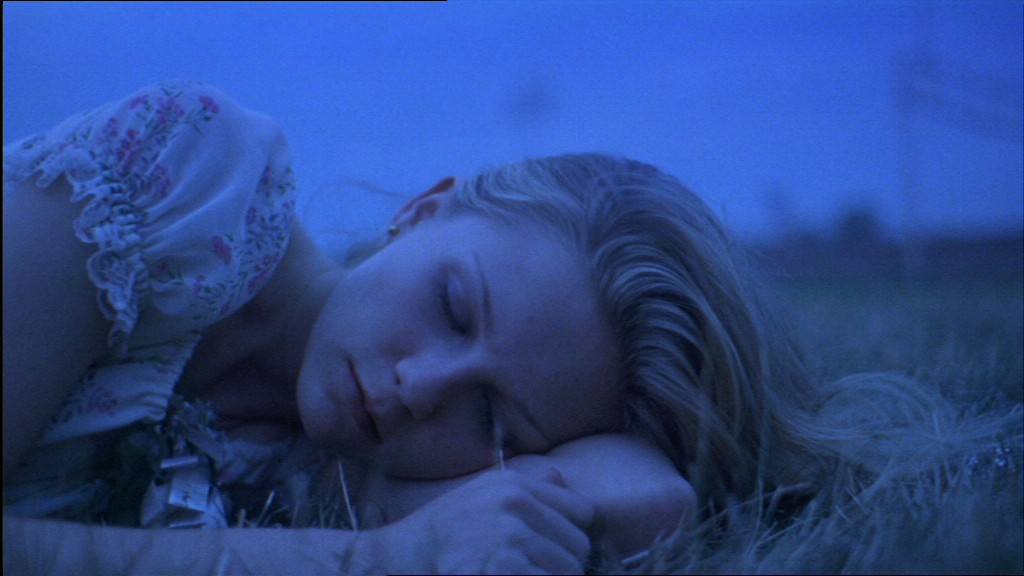
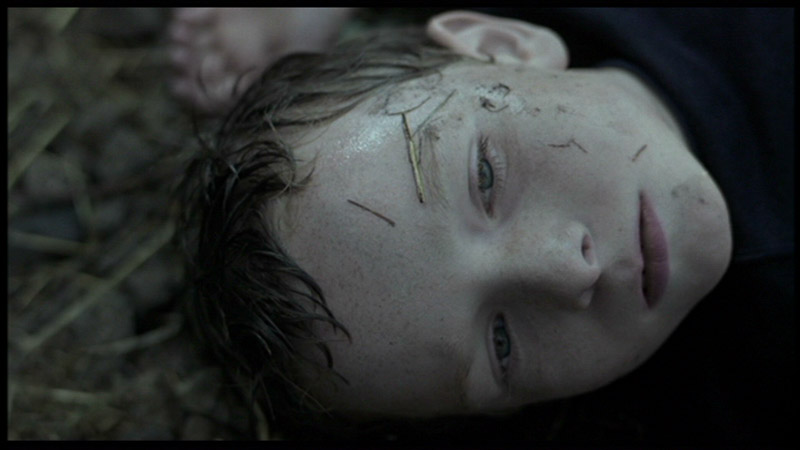
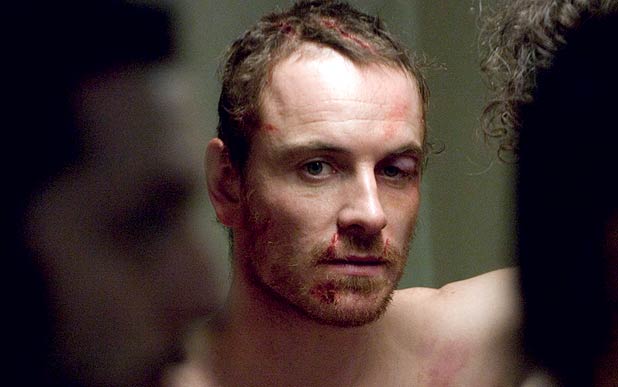
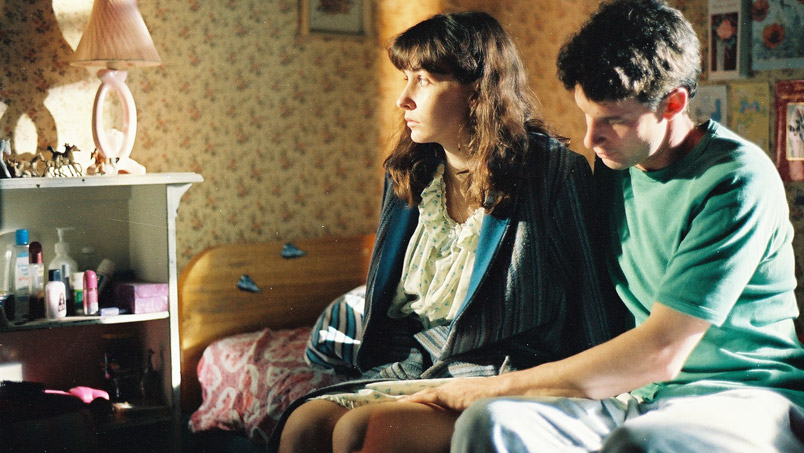
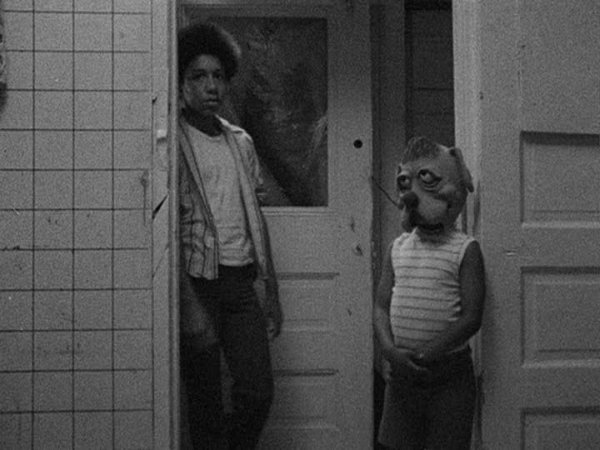
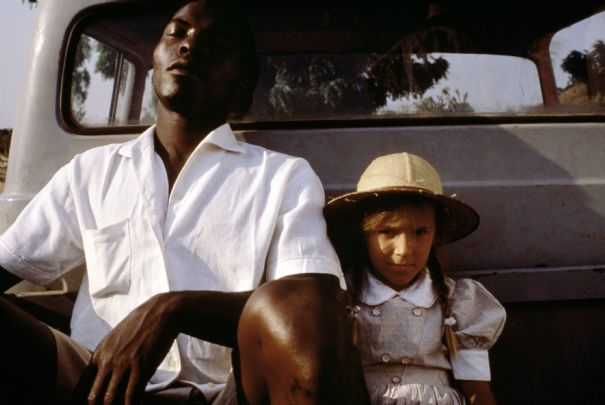
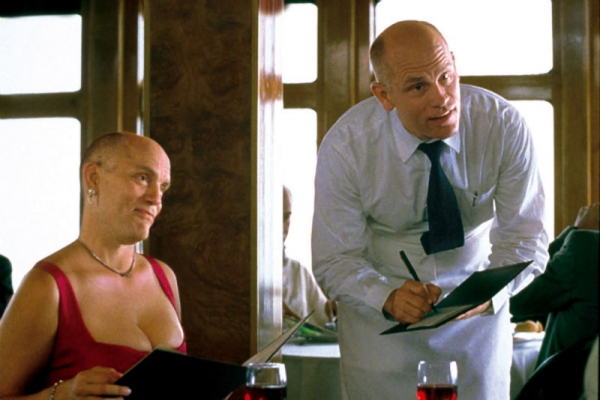
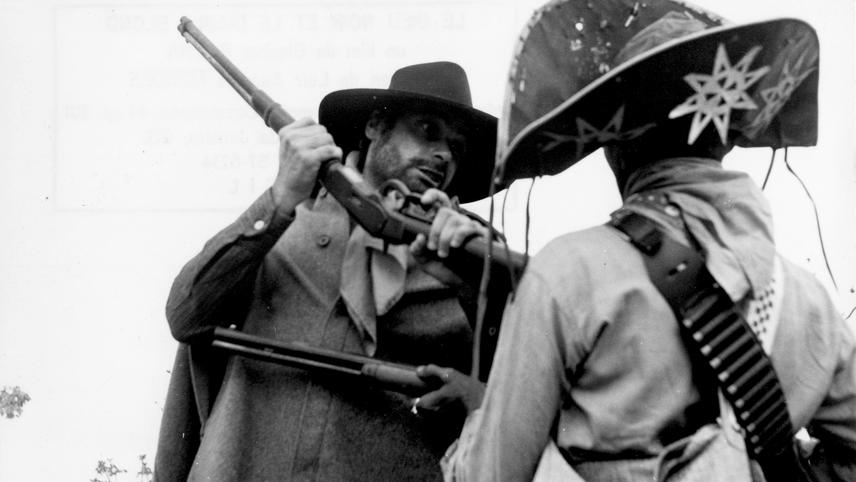
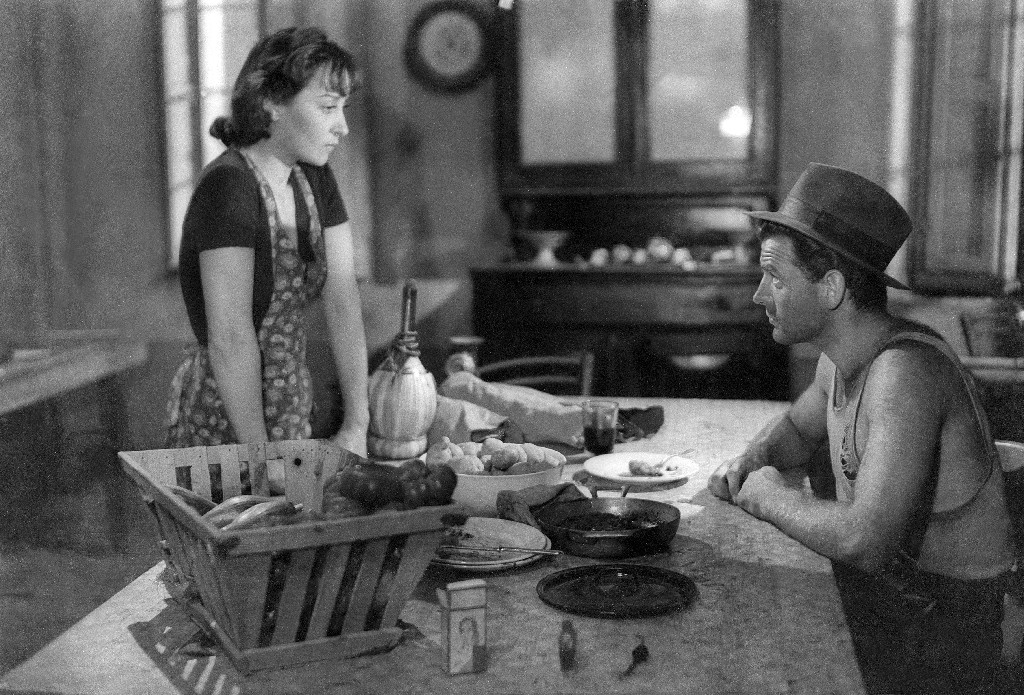

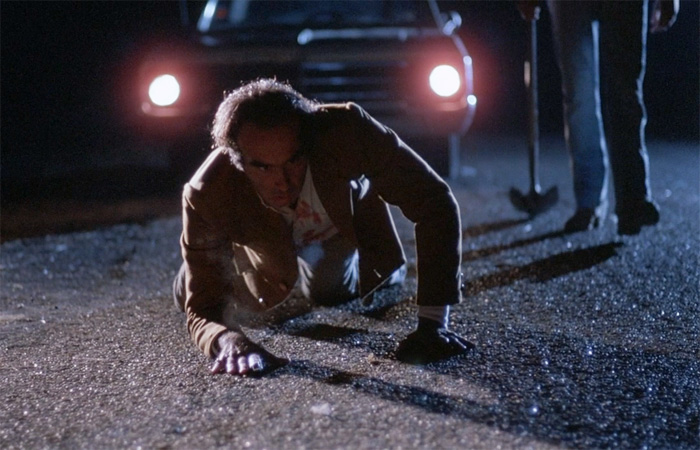
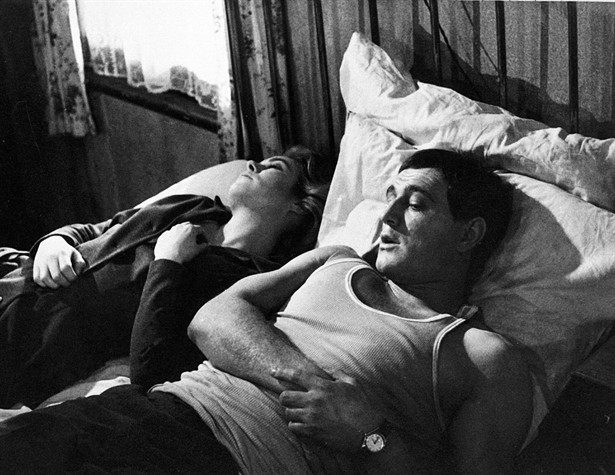

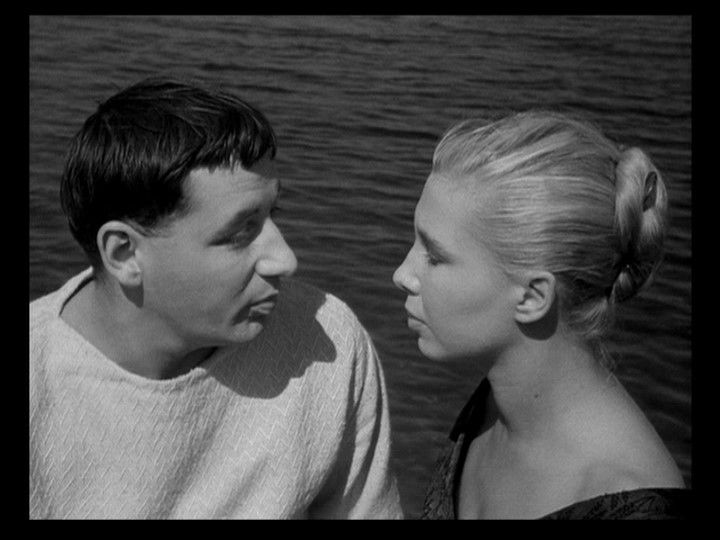
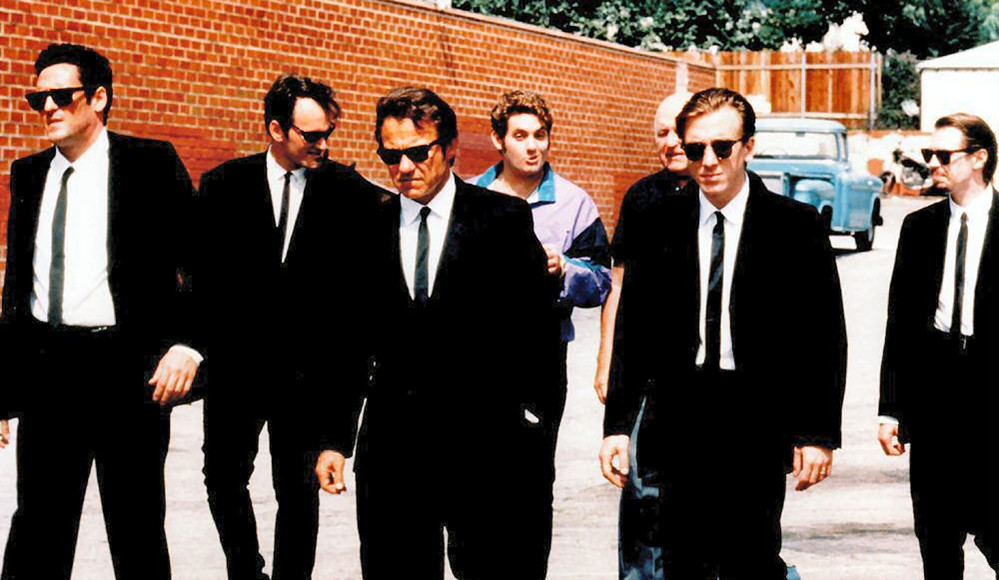

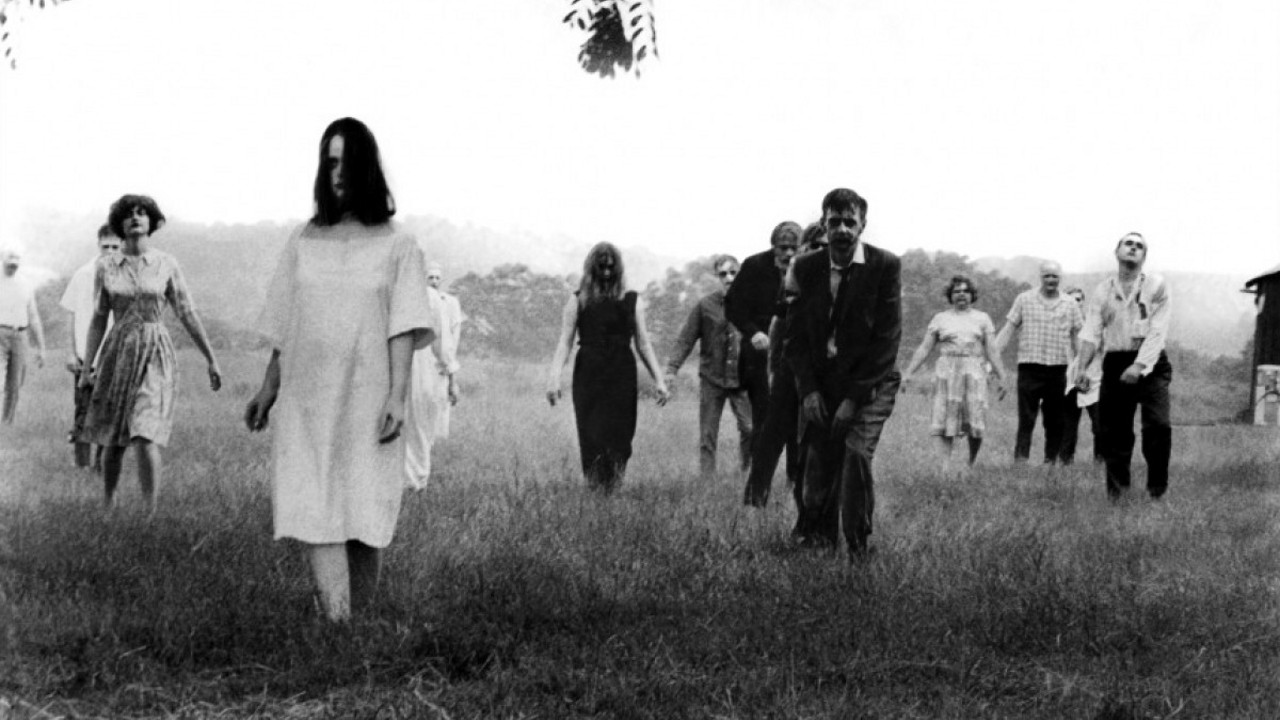
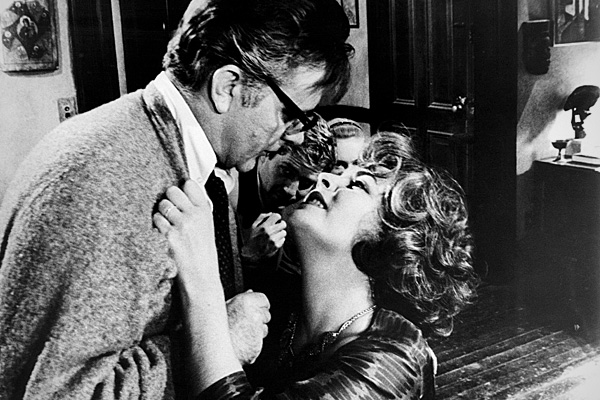
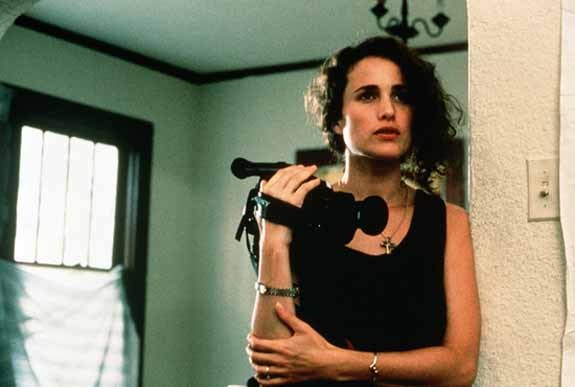
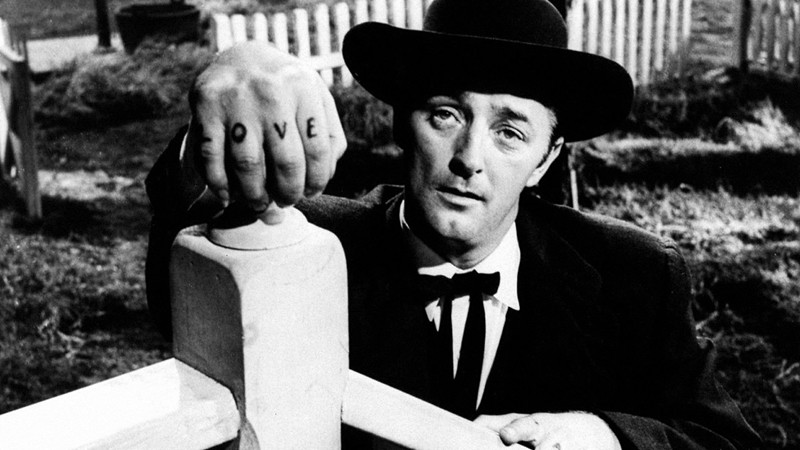
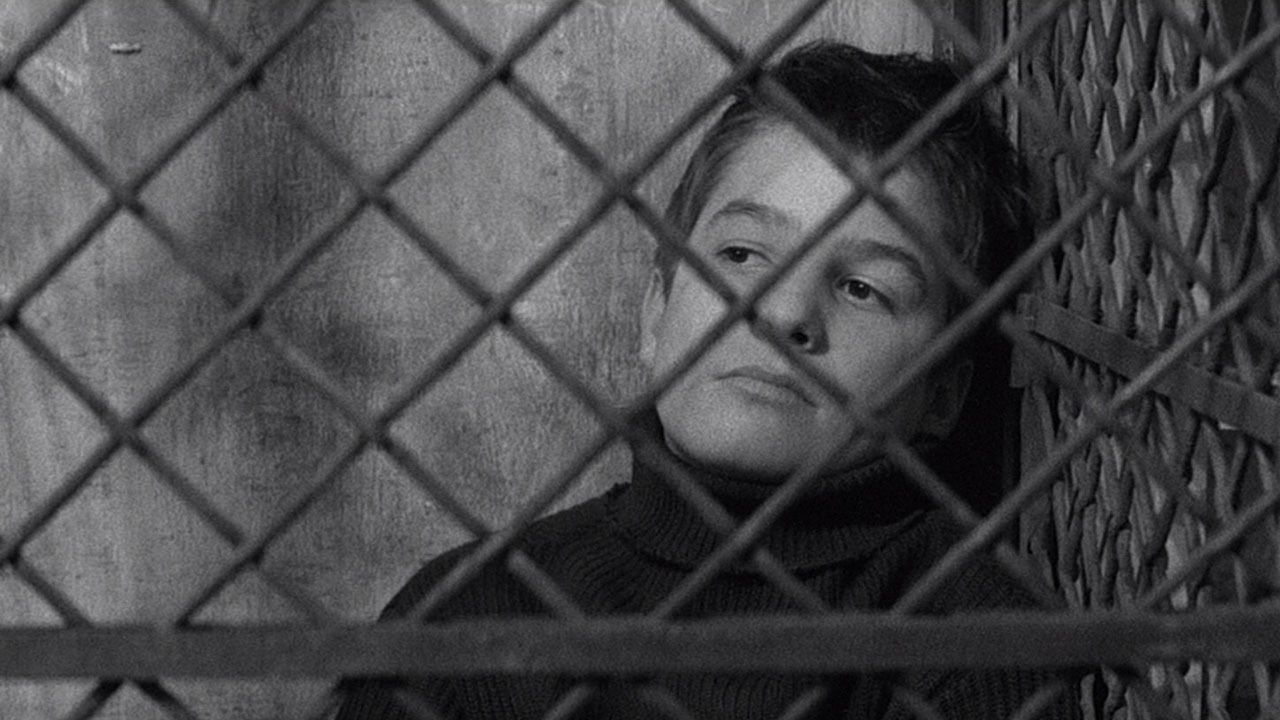
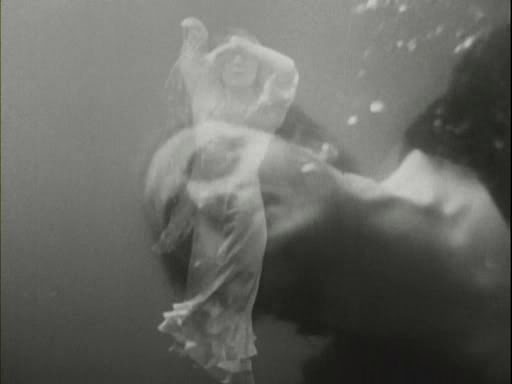
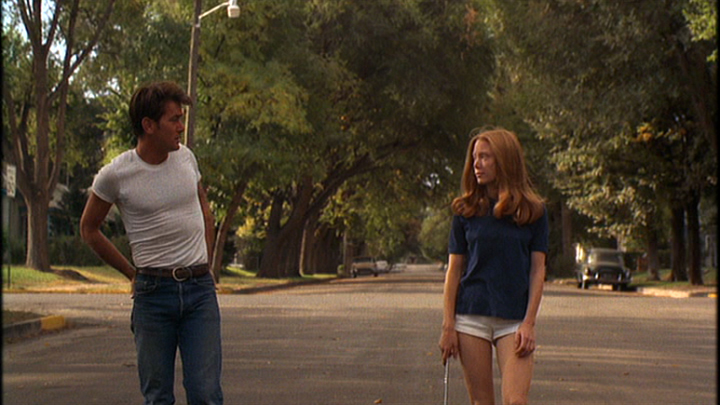
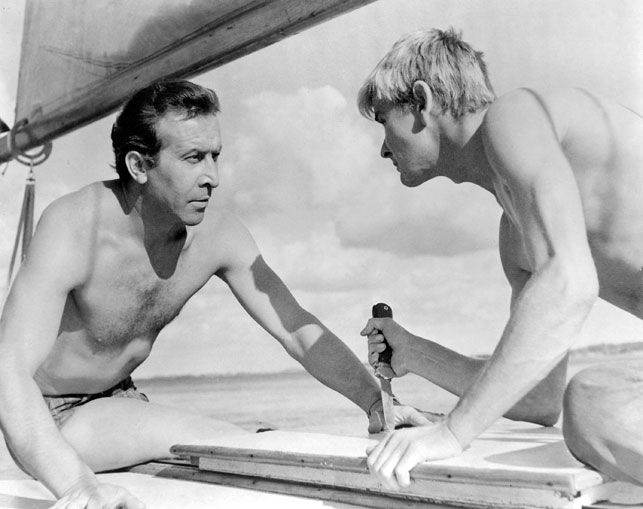
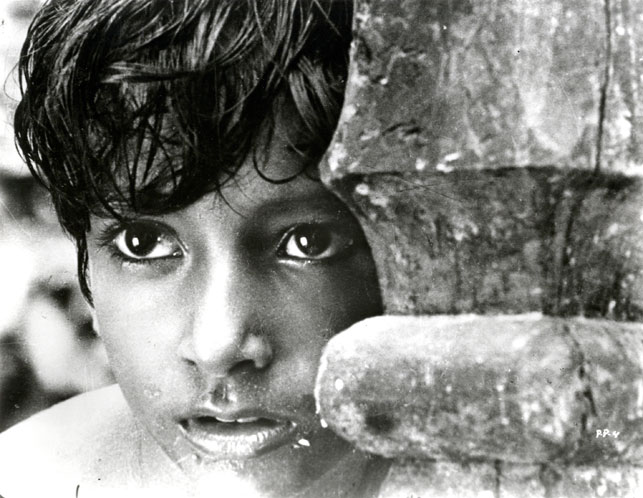
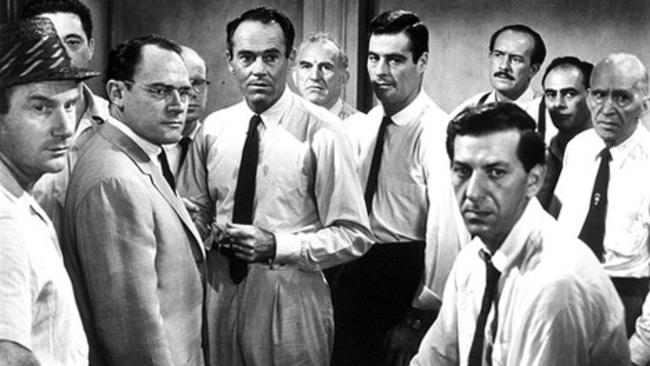
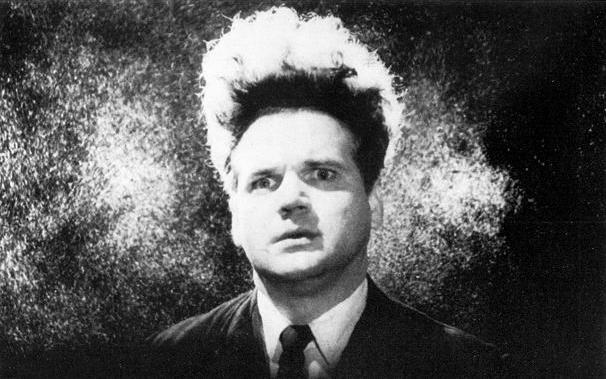

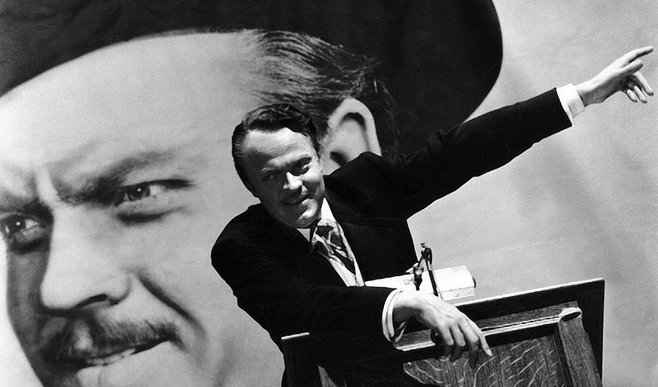
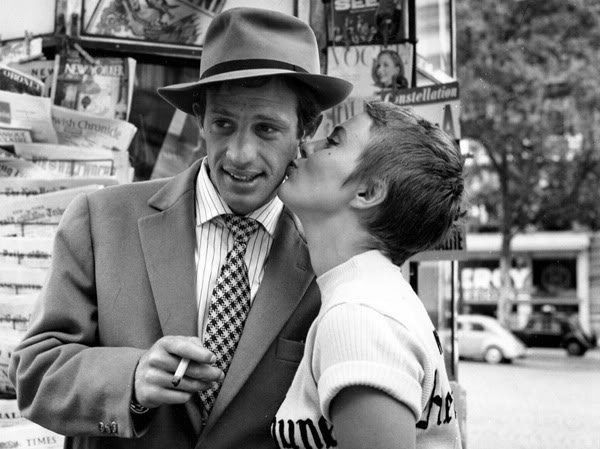
No comments:
Post a Comment